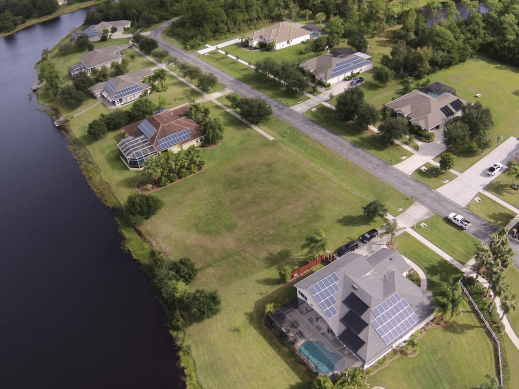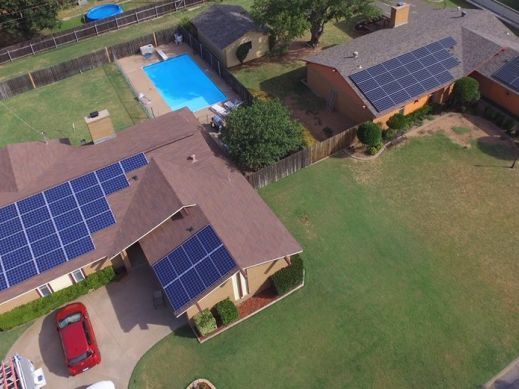
At the close of another year and the beginning of a new decade, we’re all thinking about initiatives that we can start now to improve our business in the New Year. One of the best methods of growing awareness for a small business is through thought leadership.
By dedicating a role or team within your organization to the development of original content, you can create new opportunities for engagement with your customers as well as a toolbox of resources both for your customers and employees alike. Evergreen content will be relevant for years to come and over time, you can build a dedicated audience that looks forward to the content you publish.
Your customers are busy and life in 2020 will continue to be on-the-go, you need to meet customers where they are to effectively capture their attention. One way to do this is by creating traditionally, longer-form content such as an article in an audio format, such as a podcast that can be consumed anywhere, anytime.
Of course, this isn’t something that happens overnight. It takes time and consistent effort, but starting off on the right foot can help tremendously. That’s why we’ve created this simple how-to guide for starting a solar podcast for your business:
-
Map out the basics:
-
Name
-
Overall show topic or area of focus
-
Tip: Develop customer-first content that they are interested in hearing about vs. product-driven content that reads more like a sales pitch.
-
-
Format
-
i.e. Solo hosted, co-hosted, interview show, etc.
-
-
Show length and frequency
-
Decide your style and be authentic
-
“The most successful podcasts provide targeted content in a conversational, engaging style”, Business News Daily.
-
-
-
Episode topics:
-
Picking interesting subjects for your podcast is key to engaging and captivating an audience. Fortunately, when it comes to solar and the environment, we have no shortage of important issues that need further discussion. A few fresh sources for finding topics are:
-
-
Recording:
-
Equipment
-
All you truly need to start a podcast is:
-
Computer, laptop, or tablet
-
Audio recording and editing software (i.e. GarageBand, Audacity, Adobe Audition, Alitu, etc.)
-
Microphone
-
Tip: Most important to a successful podcast is the quality of sound. Don’t skimp on the microphone! Check out the range of recording microphones sold at Guitar Center to find the right product for your budget.
-
-
-
-
Best practices
-
Account for additional recording time to allow for re-recording of mistakes or unplanned, organic conversation that may come up during.
-
Keep the recorder running and edit the file to remove unwanted segments later.
-
-
Conducting interviews
-
Plan ahead of time for any guests to allow for scheduling and conversation prep.
-
Tip: Skype allows for call recording and provides high-quality sound for remote guests.
-
-
Have a list of questions prepped to keep the conversation moving and on-theme.
-
-
-
Editing:
-
YouTube offers many tutorials on audio editing and is a great place to learn the ropes of your specific software.
-
Music and voiceover:
-
Record an intro clip to run at the beginning of each show to introduce the overall purpose or theme of the podcast, the specific episode topic, hosts, and guests.
-
Tip: An intro and outro for your show help to add personality and make it your own.
-
This is typically done as a voiceover with background music and will be consistent throughout your series.
-
-
-
Cover art:
-
This is often the first impression that customers get and is a great way to communicate the essence of the show by including:
-
The subject
-
Your logo
-
-
Tip: Keep it simple with concise messaging, easy-to-read read fonts, and high-quality imagery.
-
Specific requirements (iTunes specifications):
-
1400 x 1400 pixels
-
JPG or PNG file format
-
< 500 KB
-
-
-
-
Promote your show:
-
Post on social and send out an announcement email to a list of your customers 3-4 weeks ahead of the first episode.
-
Send out a link to your first episode via email to a list of your customers.
-
Host your episodes on a YouTube channel or company website.
-
Tip: Companies are increasingly creating content that is hosted across multiple platforms to capture customers through the many avenues by which they come to the company.
-
-
-
Build out an opt-in list:
-
In all promotional posts and emails, create an opportunity for customers to opt-in to receive an email link to each episode released.
-
Tip: For the best results, make it easy for customers and accessible by email, phone, or a website landing page.
-
-
This will grow slowly but surely, getting stronger and more valuable over the years and your engagement levels will show the return on this time investment.
-
While this is a large undertaking, it can be accomplished with small steps, meeting advancing goals over time. Start with these simple steps to create a solid foundation for your podcast at the outset and never stop working to make it better.
Good luck in the New Year!
Sources:
https://www.businessnewsdaily.com/10327-how-to-start-a-business-podcast.html




Comments
We have been podcasting for about 3 years now, and it is alot of fun. We have over 25,000 downloads and we try to do a 10 minute episode each week. When possible, check it out and let me know what you think.
Straight Talk Solar Cast
Thank you for the great topic! There is so much going on in the world of solar power, it's very fun to discuss them as these subjects are happening.